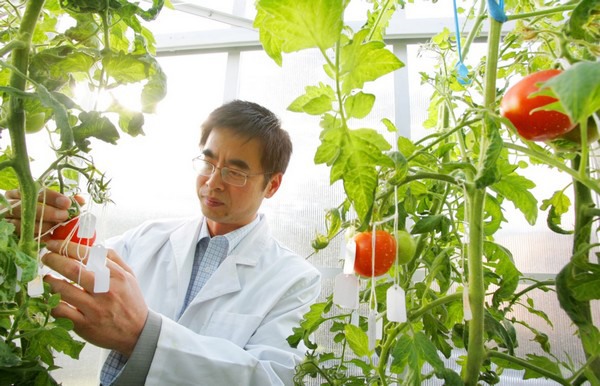A new study has demystified sugar distribution in plants, paving the way to create low sugar or ‘diet’ fruits. The study, published in Proceedings of National Academy of Sciences (PNAS), culminates
seven years of research by the University of Newcastle’s Professor Yong-Ling Ruan from the School of Environmental and Life Sciences, in collaboration with peers at Northwest A&F University.
Professor Ruan said their research pinpointed the indicators that governed how much sugar is transported to the vacuole or ‘storage warehouse’ of a plant cell.
“This discovery provides new tools and directions for improving plant growth, defence and sugar levels using gene technology,” Professor Ruan said.
“It opens the door to increase or reduce the amount of sugars in plants, helping farmers to increase the quality and yield of fresh products such as fruits and sugar cane or produce low sugar, high sweetness fruit for a diabetic patient.”

The science behind sugar transport in plants
At the cellular level in plants, sugars are delivered to the cytoplasm – a thick solution that fills each cell. The remaining sugar is then offloaded in the vacuole of the cell.
Professor Ruan was driven by curiosity to understand exactly how sugar makes its way from the cytoplasm to the vacuole. Understanding this link could help scientists answer long-held
questions such as why fruits are so sweet yet leaves are not.
By studying apples and tomatoes, Professor Ruan said the team discovered that two different types of sugar transporters work together to transport huge amounts of sugar into vacuoles.
“We found that glucose exported to the cytoplasm by a transporter called ERDL6 activates the expression of a major sugar influx gene. This significantly increases sugar levels in the plant
cells,” Professor Ruan said.
“Our findings represent a major advance in understanding the molecular control of sugar transport and signalling within plant cells.”
For more information:
Penny Harnett
Tel: +61 2 4921 6779
penny.harnett@newcastle.edu.au
